Some notable types of caterpillars include the glassy caterpillar (Acraga coa), the five-spotted hawk moth larva (Manduca quinquemaculata), and the fuzzy caterpillar (Megalopyge opercularis). Insects undergo complex life cycles, and caterpillars represent the larval stage of butterflies and moths (Order Lepidoptera). This article introduces various fascinating types of caterpillars.
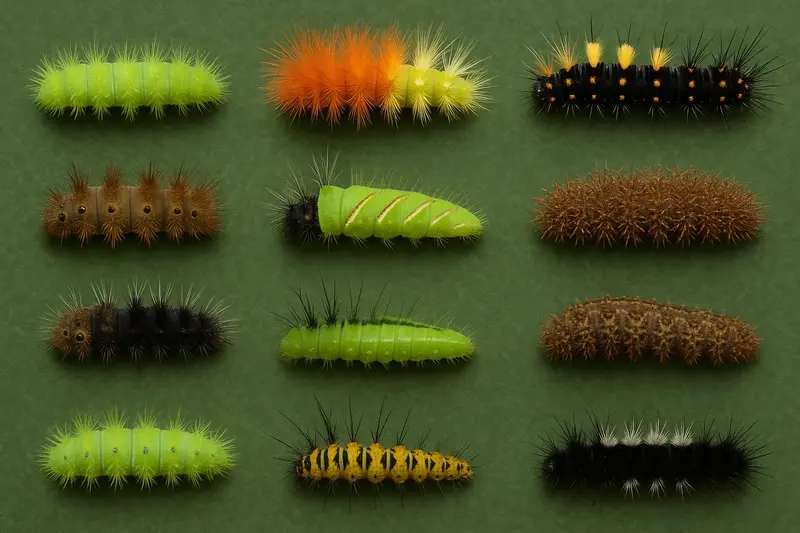
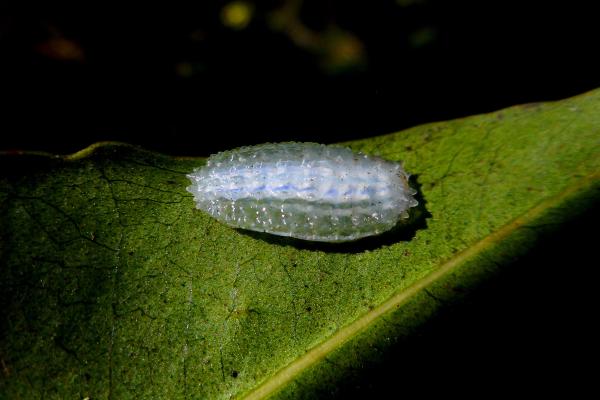
This caterpillar gets its name from its delicate, crystalline appearance. It is white, covered in short transparent spines with yellow tips. Found in Mexico and Central America, it later transforms into a bright orange, furry moth that resembles a plush toy.
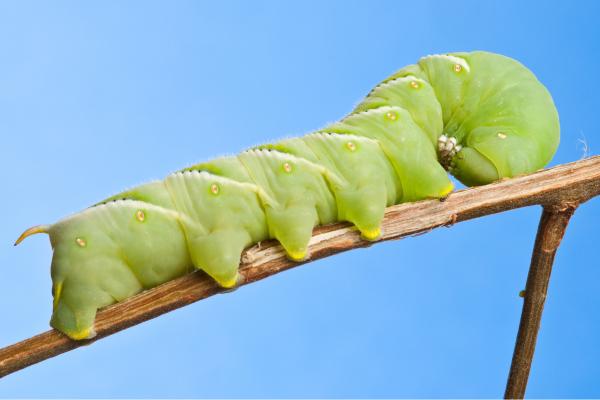
This plump green caterpillar features a characteristic horn on its rear end. It rests with its front body raised, resembling a sphinx, which is why it belongs to the Sphingidae family. It is considered an agricultural pest, particularly in tomato crops. As an adult, it becomes a yellow moth with five dark spots on each side of its abdomen.
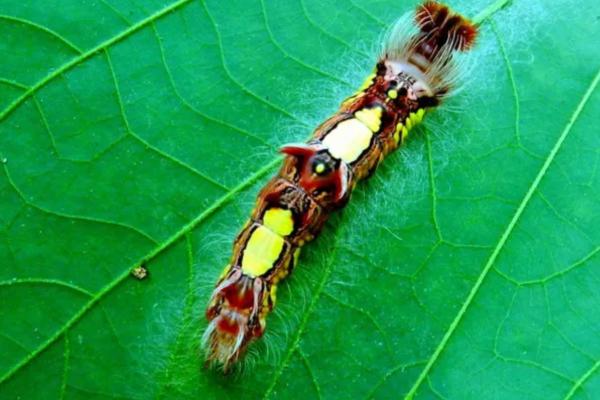
This hairy caterpillar features red and white protective bristles and a patterned body with yellow, brown, and white stripes. The hairs are urticating and serve as a defense against predators. Once it matures, it transforms into the magnificent blue morpho butterfly.
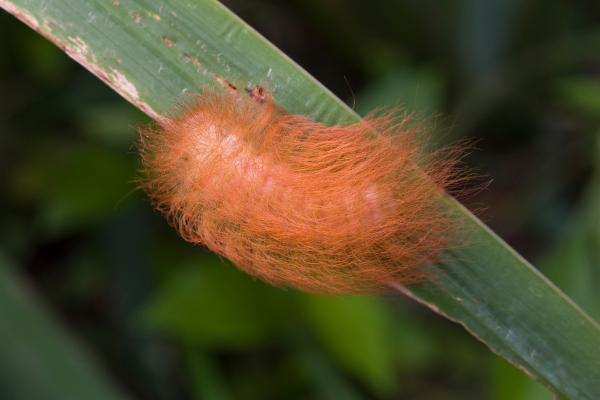
Covered in dense, silky hairs known as setae, this caterpillar looks like a soft plush toy. However, it is one of the most venomous caterpillars. Contact with its hairs can cause skin irritation and even breathing difficulties. As an adult, it becomes the furry moth, also known as the puss moth or flannel moth.

One of the most common hairy caterpillars, it has black ends and a rusty orange center. Found across temperate and cold regions, it is harmless despite its intimidating bristles. Although similar in appearance to the processionary caterpillar, it is a different and non-toxic species.

A common species in Spain, this caterpillar feeds on cabbage and related crops. Adult butterflies lay eggs on leaves, and upon hatching, the larvae consume the foliage. Their droppings also contribute to crop damage. It later becomes the cabbage white butterfly.
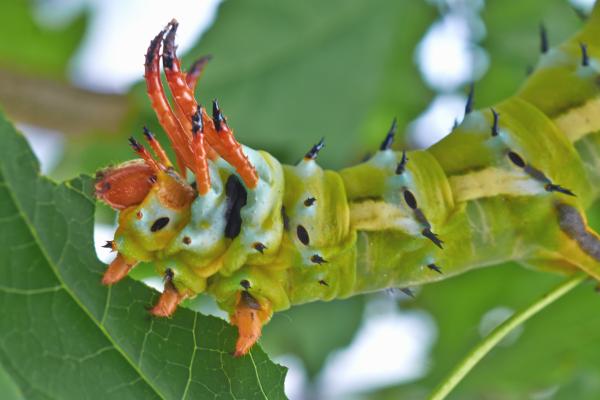
This large, green caterpillar has distinct body segments and black curved spines. Its head and tail are red, with backward-pointing red horns. Upon maturity, it turns into a large orange-brown moth known as the regal moth.
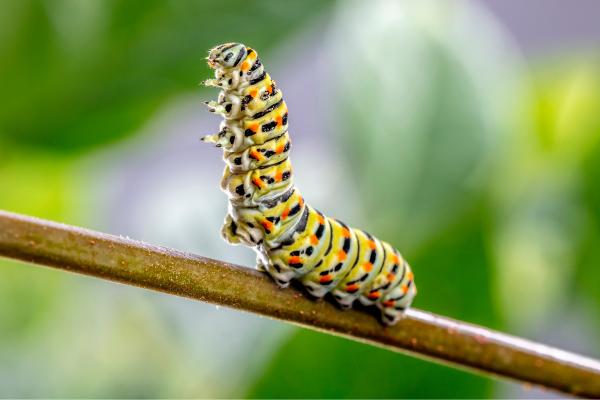
A robust brown caterpillar with two large eye-like markings on its head to scare off predators. These markings are not real eyes but mimicry. The adult is a nocturnal moth with pink and brown wings.
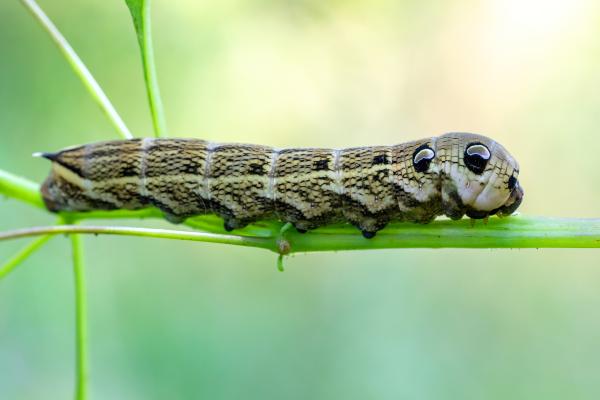
Known for their unusual marching behavior, these caterpillars form lines as they move. They feed on pine needles and are highly venomous; contact with their hairs can cause rashes, inflammation, and respiratory issues.
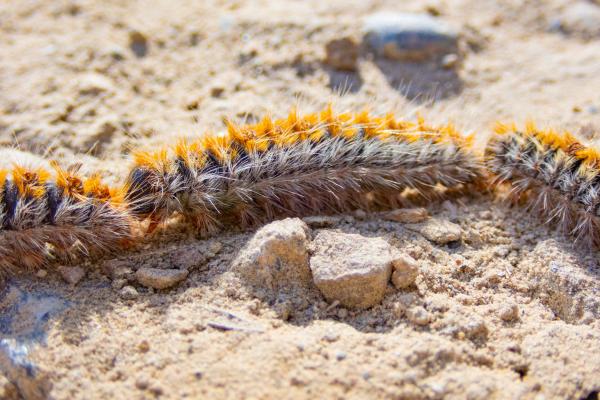
Not all worm-like larvae are caterpillars, and not all turn into butterflies. True caterpillars are the larval stage of butterflies and moths (Lepidoptera). They follow a four-stage metamorphosis: egg → caterpillar → pupa → adult.
Other insects like beetles and flies also undergo complete metamorphosis, but their larvae are not called caterpillars and do not become butterflies or moths. Only Lepidoptera larvae are considered true caterpillars.
animal tags: caterpillar
We created this article in conjunction with AI technology, then made sure it was fact-checked and edited by a Animals Top editor.